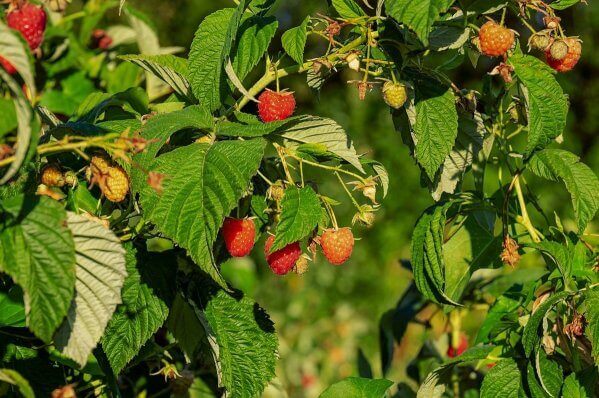How to attract bees to your garden?
Who wouldn’t want bees in their garden? These small, yellow, fuzzy balls of happiness instantly brighten my day. They are also great pollinators for your garden. These hard workers will make sure that your garden reaches its full potential.
However, bees don’t always naturally wander into your garden. They might, once or twice but to keep them coming back, you need to build a bee-friendly garden.
In this article, I will help you build your own garden. I will inform you about the flowers, plants and shrubs that have given me great success in attracting bees, especially honey bees and bumblebees.
Top flowers that bees love
These seven garden flowers will not just bring bees but they will also add immense beauty to your home.
1. Bee Balm
Bee Balm also known as wild bergamot is a must have in a pollinator garden. The stunning red, pink, purple, or white blossoms make a mesmerising flower bed that don’t just catch eyes but also noses. The aromatic foliage of the flower is widely used in aromatherapy.
You will find bees on this flower all the time. It reseeds steadily making it a bee’s favorite. But bees are not all that this flower attracts. Get ready to welcome hummingbirds and butterflies too.
Use the foliage to make herbal teas or use it as a unique and delicious garnish. You can even add flowers to your salads and cakes, not just for decoration but to eat as well.
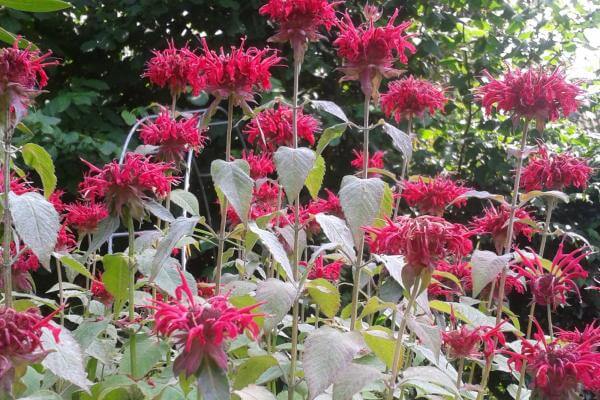
2. Lavender
Who doesn’t love the purple splash of color that lavender brings to our garden? The seductive beauty and scent of lavender don’t just attract humans but when in bloom, these flowers are irresistible to bees. The strong and pleasant odor of the flower allows the bees to smell nectar from far, inviting them to forage.
If you want bumblebees in your garden, lavender is a must have. In comparison to honey bees, bumblebees have longer tongues. Hence they can reach the lavender plant’s nectar faster.
This doesn’t mean honey bees won’t come to the plant. It means, they’ll stay for longer, jamming their heads into the flower to reach the nectar.
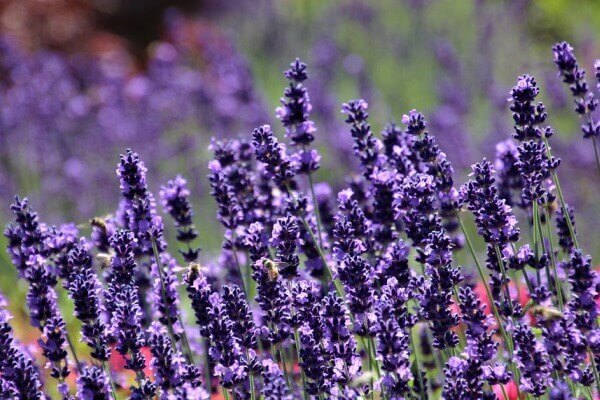
3. Sunflowers
Sunflowers are one the most beautiful flowers you can have in your garden. Their impressive height and bright bloom make it a gardener’s favorite. Not to mention all the sunflower seeds you get to add to your diet.
But this flower is also one of the best flowers for bees. Bees are attracted to the abundance of pollen and nectar contained in the plant’s little tubular blooms which form the plant’s huge center.
Let’s not forget the bright yellow color of these flowers, similar to the bee’s body. A flying bee can’t easily spot reddish-tinged colors. Spotting yellow is comparatively much easier.
A few sunflowers won’t cut it though. You need to plant a bunch because bees like their flowers grouped together. This way, they can gather nectar from flower to flower.
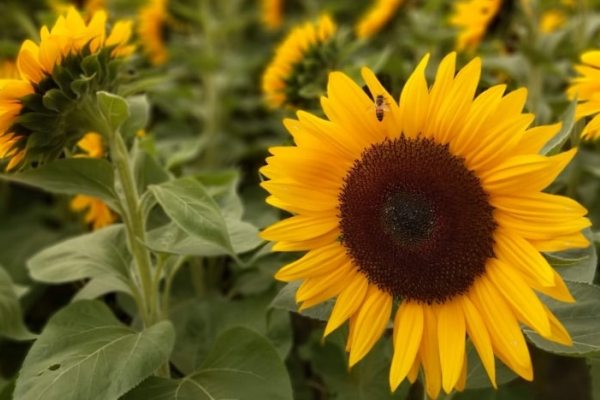
4. Daisies
The stunning white petals have been people’s favourite for years. They add aesthetic appeal to your garden and have a nice scent.
Bees love daisies and are sure to stop by your garden if you choose to plant them. This is because daisies have a lot of pollen. Pollen is a source of protein and fat for the bee which they use to develop larvae. It is especially important for bumblebee Queens right before hibernation and in spring after their emergence.
There are many types of daisies available on the market. What you can plant in your garden depends on the local growing conditions. These three daisies are the best choices, if you want to attract bees: Oxeye daisies, Leucanthemum × superbum – Shasta daisy and Shaggy daisy.
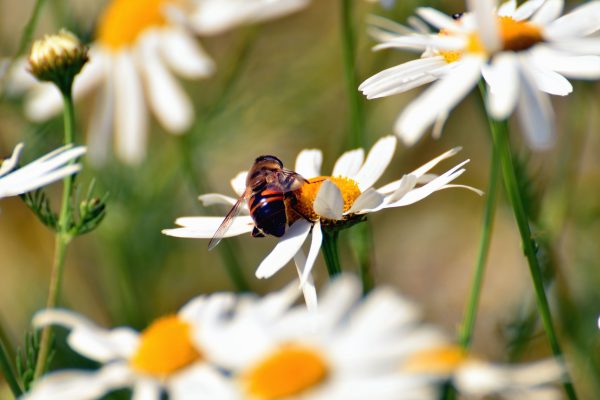
5. Wallflower
The fragrant wallflower has never disappointed me. I planted a small patch specifically to attract bees and it has worked very well.
Pollen and nectar are provided by wallflowers to a variety of bee species. Bumble bees and other solitary species are especially fond of this flower.
However, it is not the best choice if you want honey bees in your garden. Honey bees prefer enormous drifts of wallflowers, which might not be possible in a small garden.
The most widely available wallflower is the Erysimum cheiri, the Common Wallflower, a guaranteed bee’s favorite. If you want pink varieties, you can go for Erysimum (Bowles’s Mauve) or Erysimum (Red Jep).
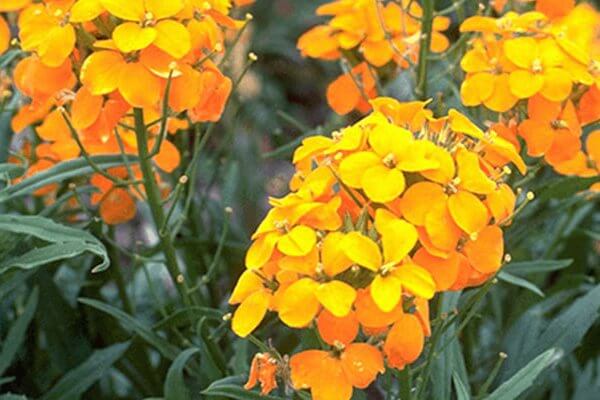
6. Borage
If you live in an area where water is not readily available, the drought-tolerant Borage (Trachystemon orientalis) is an excellent choice for your grade. The peculiar color and shape of this flower is guaranteed to make it stand out.
The flower self-seeds and pops up each year and is a bee’s favorite. Bees love the fact that they can hide in its leaves. Honey bees are especially fond of it. One acre of borage can give up to 30 kilos of honey. These flowers replenish their nectaries regularly, meaning the honey bees will be going back and forth the entire summer.
You can also add the flowers to your summer drinks and add the leaves to your salads.
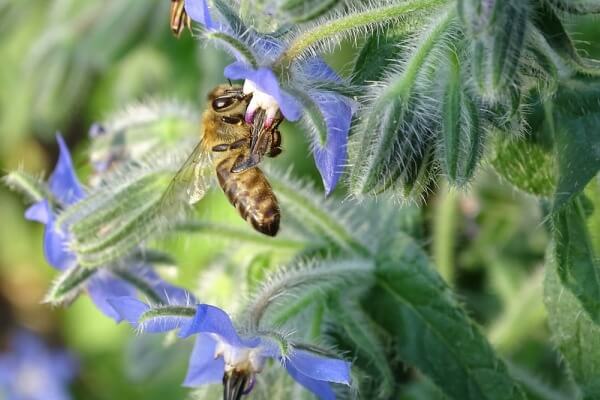
7. Coneflower
The purple coneflower (Echinacea purpurea) attracts moths, wasps, butterflies as well as a dozen different species of native bees. They feed on the large centers which, as the name suggests, are cone-shaped.
Coneflowers are available in different shades of pink, orange, copper, white and buttercup yellows.
The purple coneflower produces as much nectar in the afternoon and evening as it does in the morning. Hence, it is potentially more valuable to pollinators on a hot summer day than many other flowers.
Although these flowers are a great perennial for bees, moving them is not easy. Hence, you should reserve a permanent spot in your garden.
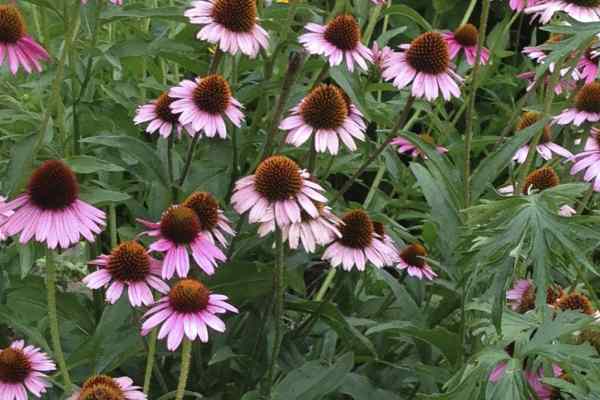
Flowers that don’t attract bees
Now that you know which flowers you should plant, think about which flowers you shouldn’t invest your energy in.
- Marigolds – Although beautiful, marigolds have very little pollen. Hence, bees are not attracted to it.
- Roses – A favourite of romance. Bees? Not so much.
- Feverfew – You might get tricked into thinking these white and yellow flowers are daisies, a bee’s favourite. But it’s not. Bees despise the scent of these flowers and will not be tricked.
- Zinnia – Butterflies may come to these beautiful, yellow flowers. But, I am afraid, bees steer clear of it.
- Beardtongue – A hummingbird’s favourite. The long tube shaped flowers on this plant repel bees.
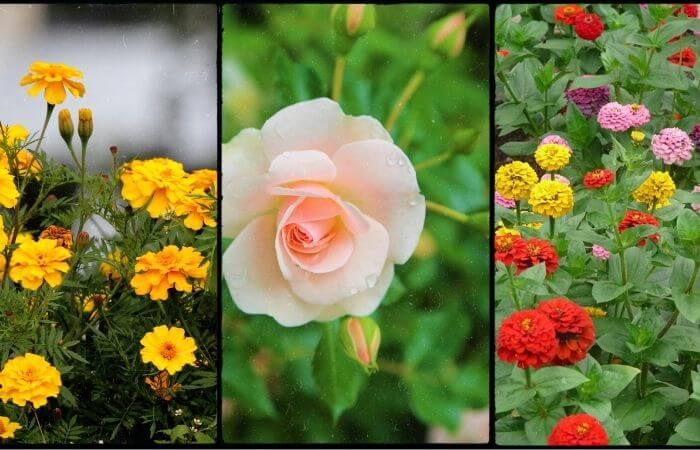
7 plants and shrubs that attract pollinators
Flowers are only half the battle, the remaining half is just as tricky. To build a bee-friendly garden you can’t just focus on flowers. You need to think about trees, herbs, shrubs that can attract bees. They provide nesting opportunities for bees and carry excellent foraging potential.
Here are seven plants and shrubs that can attract bees.
1. Ninebark (Physocarpus opulifolius)
The beautiful flowering shrub is commonly found in eastern North America. It is an excellent source of nectar and pollen for a variety of native bees and honey bees.
In the spring and fall, you’ll find the stalks of this shrub topped with clusters of white flowers. Apart from bees, you’ll also see several moth caterpillars and butterflies being hosted by this shrub.
The shrub also bears pinkish-red fruits that look like inflated seed capsules. You can’t consume the fruit, however, it can attract many bird species. Hence, this shrub will bring many diverse visitors to your garden.
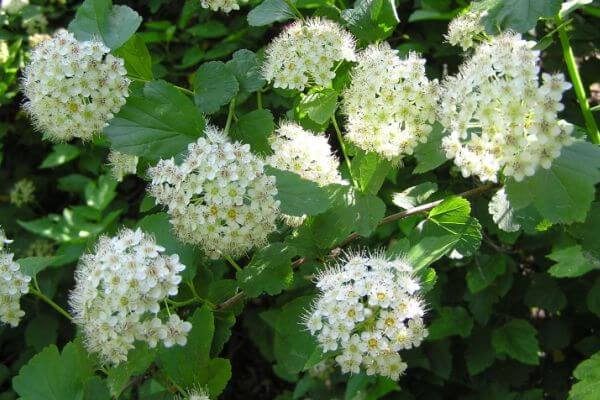
2. Common elderberry
The common elderberry or you might know it as the American or black elderberry, is a tall shrub that you should definitely have in your garden.
It can grow up to 4 metres tall adding textural variety to your garden. It bears gorgeous, delicate flowers that bloom from mid-July until late-August. The white flowers have five oval petals and yellow-tipped stamens that alternate in arrangement.
When in bloom elderberries can attract many bees, especially bumblebees. The flowers turn into huge bunches of blue-black berries when pollinated by these bees.
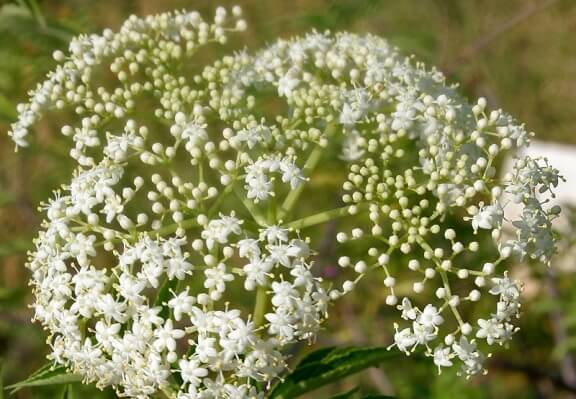
3. Marjoram
Marjoram or more popularly known as oregano is not just an herb that people love on their pizzas. It is an aromatic herb that can attract bees.
The two best varieties you can plant – Origanum vulgare (wild marjoram) and Origanum Rosenkuppel.
Oregano gives bees a lot of nectar. The herb generally blooms in the middle of summer. At this time, bee colonies are fully developed. So, there are more hungry bees to feed. Mature bees are eating themselves and foraging to bring food back to the nest or hive’s young.
As a result, bees will be more noticeable in the vicinity of this plant. Because of availability and because bee numbers are at their peak when oregano is at its most appealing to bees.
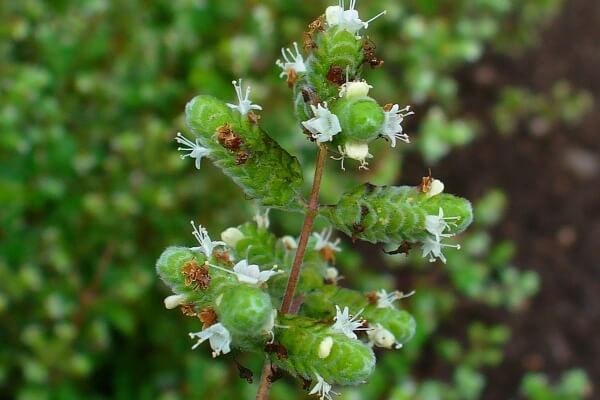
4. Pussy Willow
Several varieties of willows are known as “pussy willows” because they produce fluffy grey catkins.
Because it blooms early in the year, a male pussy willow a great tree to plant in your bee-friendly garden. Beekeepers typically plant them near the apiary to assist the bees in getting through the pollen-scarce months of March and April, when there isn’t much else blooming.
The pussy willow has both male and female trees. Both sexes will produce nectar for the bees. But I suggest that you plant a male willow as the male flowers also produce pollen.
This isn’t the best choice for honey bees as their bountiful nectar is produced a little too early for honey bees. However, you will find bumble bees and other native varieties in your garden.
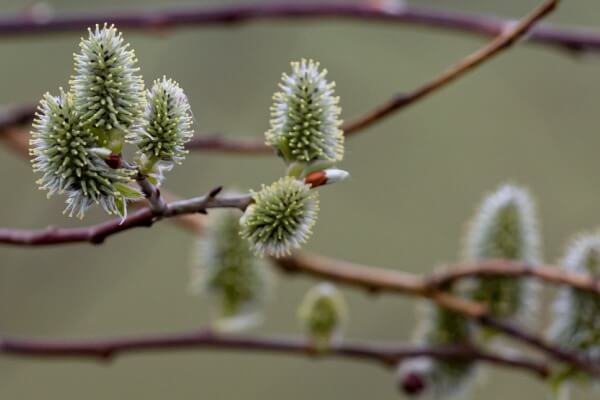
5. Glossy Abelia
Glossy Abelia is a hybrid of two Chinese species, Abelia and Grandiflora. If you live in Texas, the growing conditions for this shrub are perfect. Abelia prefers moist soil, good drainage, and a little extra water during seasons of drought.
The semi-evergreen shrub bears fragrant white flowers that bloom from spring through fall, attracting a variety of pollinators. It can grow to a height and breadth of around 6 feet if planted in full sun to moderate shade.
The modest scarlet leaves color change in the winter. The blossoms have a pleasant scent that is irresistible to bees. Be careful not to over prune it as it may interfere with continuous blossoms which are vital to attracting bees.
Your shrub will fill your garden with not only honey bees and bumblebees but also butterflies, hummingbirds and dragonflies. In winter, you might also see birds flocking around this shrub.
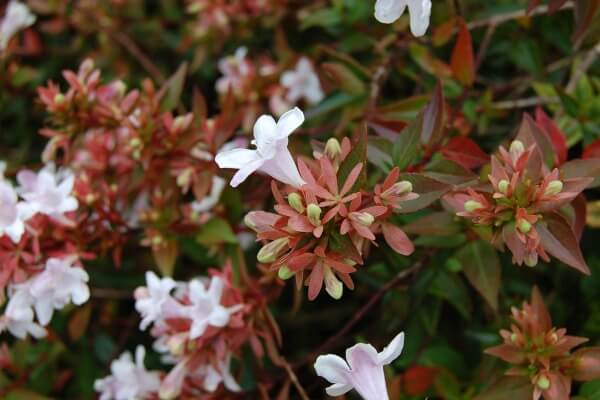
6. Texas Ranger
Texas Ranger is also known as Cenizo and Texas Sage. This native Texas shrub will become your favorite in no time like it became mine.
It is so easy to maintain and so beautiful to look at. It requires little water and is silver-gray in color. Perennial in nature the shrub bears abundant flowers through summer and fall in shades of pink and purple.
Because the flowers are rich in nectar, you’ll not just find bees but other parades of other nectar-insects too.
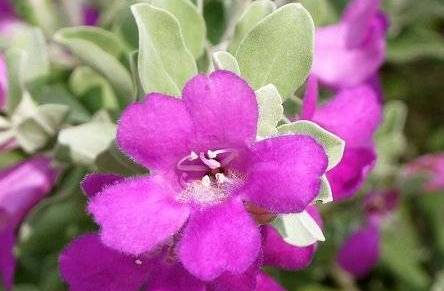
7. Raspberries
Raspberries are a summer favorite at my home. Well, bees in my garden love it too but for different reasons.
Plants like raspberries and even elderberries have hollow stems that give bees a place to nest. Don’t clean up these plants as the bees will use the dried up twigs and stems to make their nest.
Raspberries also attract honey bees for different reasons. Honey bees are the common pollinators for raspberries.
Pick and choose the plants and flowers that are convenient for you. Think about how much time and effort you want to put into your garden and which type of bees you want to attract. A bee-friendly garden does not have to be high-maintenance if you don’t want it to be.
No matter what you choose, a big or small, extravagant or minimalist garden, you’re doing your part for the ecosystem and yourself. You’re helping the bees and at the same time building a beautiful garden in your home backyard.
